
At the Met, a happy revival reached its climax with Asmik Grigorian’s debut. On the same night, Opera Philadelphia premiered their new production. (If that’s not enough, San Diego Opera also mounted it at the same time.)
I’m here to discuss the Philadelphia production, which was musically very strong and sometimes excellent. Theatrically, it’s more complicated—some very interesting ideas alongside questionable ones. More details below. First though, I reflected on this work in this moment.
Madama Butterfly is, of course, a popular favorite—canonical and beloved, confirmed by the sighs that greet the opening of “Un bel di” at every performance I’ve ever seen. At the same time, it has in recent years become a controversial topic (academics might call it a “site”) to consider cultural appropriation. It’s an issue that’s important to consider today in relation to the work itself, and even more to its productions.
A basic, one-sentence description of the opera might be “East meets West with tragic consequences.” That’s insufficient and reductive—but it’s also correct. The setting is Nagasaki; most of the characters are Japanese, and the story is fundamentally about that culture.
Yet the West is a crucial part of Madama Butterfly. It’s ingrained in the work’s DNA, starting with the original source material, a short story by John Luther Long (an American) that was transformed into a play by David Belasco (another American). The opera itself could hardly be more Italian, including its creators (Puccini, Illica, Giacosa) and its early productions: at La Scala (premiere of the original version) and Brescia (premiere of the revision).
More to the point, to me a fundamental aspect of the work is a critique of Western imperialism, with Pinkerton an early example of the “Ugly American” trope.
In other words, it’s complicated. Madama Butterfly is set in Japan; its title character and most others are Japanese. To question their depiction by Western artists with little specific experience in the culture is valid.
Still, I’m inclined to think generously of Madama Butterfly’s creators. Through a contemporary lens, they may seem naïve or pompous or both. But I want to believe their intentions were honorable, even heroic—and to me, that comes through.
In that sense, I think of Madama Butterfly as similar to two works I teach regularly: Porgy and Bess and Show Boat. Both are problematic, with a team of white creators exploring a culture (Black life in the American South) they know little about. Frankly, to me the latter two are more troubling on this count—if we believe that Madama Butterfly is at least in part about Western imperialism, it then stands to reason that white male Western artists have a right—even a responsibility—to contribute to the telling of the tale.
It’s a paradox that all opera companies mounting Madama Butterfly need to address. For Opera Philadelphia, whose reputation for innovation and cultural awareness is a hallmark, surely it was especially important.
After some reshuffling of the originally announced creative team, the group that emerged—led by director Ethan Heard and production designer Yuki Izumihara—delivered an intriguing mix of conceptual ideas that sometimes scored powerfully.
One central one is that Pinkerton thinks of Butterfly as his “doll.” This is established at the start in a pantomime prologue, as he buys a large figurine of a geisha, which is later manipulated by the soprano singing Cio Cio San (Karen Chia-Ling Ho). Sometimes the puppet would suggest a submissive persona that enveloped Cio Cio San; at other times, it would be taken from her by black robed puppeteers, with the implication that she was separating her true self from this illusion.
This aspect of the production—and a related one that depicted Butterfly’s home as a miniature doll house—was effective. But the cost was high, limiting Chia-Ling Ho’s ability to totally immerse herself in the physicality of her character. (Under the circumstances, she did an extraordinary job as both singing actor and puppeteer.)
The production also visibly critiqued the long history of Madama Butterfly in performance as a work that was largely handed to non-Asians. This climaxed in what I imagine is the show’s most controversial moment: during the orchestral prelude to Act III, a sepia photo collage of historic Madama Butterfly performers—all non-Asian, and heavily made up and “posy”) was seen on a large screen overhead.
For me, this rather Brechtian sequence was a high point—a moment out of time that made the audience really think (It also underscored that Opera Philadelphia’s company cast the Asian roles with Asian singers, and much of the creative team are also Asians).
At these moments, the production achieved something distinctive. Beyond this, though, I found this Madama Butterfly rather stiffly staged, and not as visually alluring or compelling as I’d hoped.
Musically, there was more to celebrate. Conductor Corrado Rovaris led a cohesive, very idiomatic reading of the score, well-played by the orchestra and well-sung by the chorus and ensemble performers. Occasionally I wished for more lyricism, but the forward momentum is always appreciated.
Anthony Ciaramitaro (Pinkerton) has a clarion, Italianate tenor with a tireless upper-register, and a confident stage presence. Anthony Clark Evans (Sharpless) confirmed the very positive impression he made here as Rigoletto with a performance of dramatic nuance and honeyed tone. Kristen Choi (Suzuki) brought a well-knit mezzo that encompassed the full range of this often low-lying role, and an exceptional sense of quiet, focused presence.
And then of course there’s Butterfly herself. Karen Chia-Ling Ho had the full measure of this famously difficult role, projecting easily over the orchestra, and showing no signs of fatigue. Her Italian diction is excellent, and words and ideas register fully. Her lovely soprano is even throughout the range. I would have liked more rhythmic flexibility and dynamic shading—a few beautiful pianissimi suggested that she could do even more. I would like to encounter her again as Butterfly in a context where she can fully engage with the role more physically, but this was by any definition a success.
With this Madama Butterfly, the David Devan regime at Opera Philadelphia ends. His contribution through Festival O in particular has been immeasurably valuable, not only to the company, but to the city.
Photos: Sofia Negron

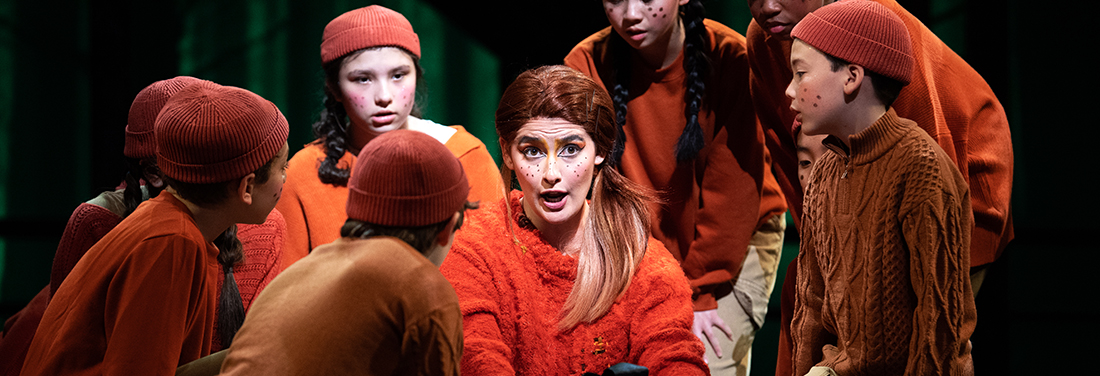
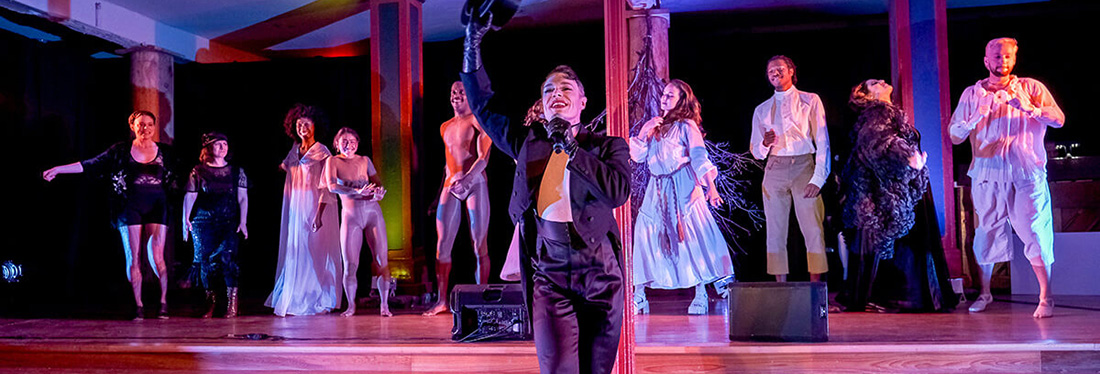
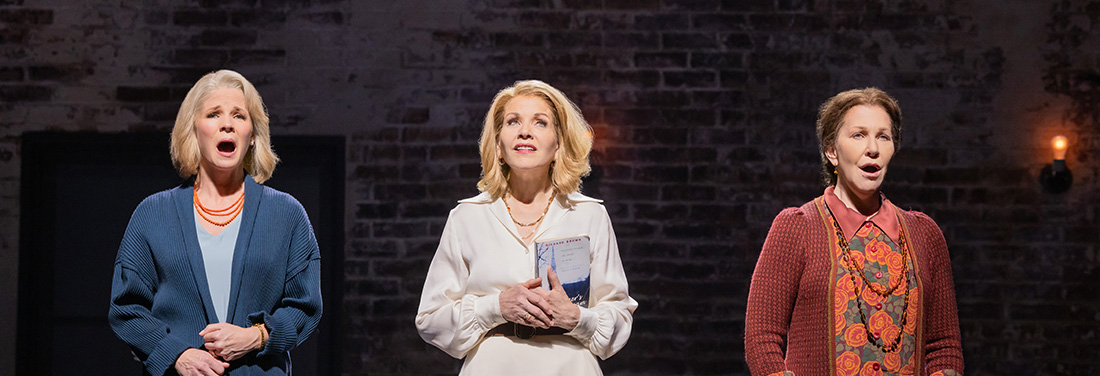
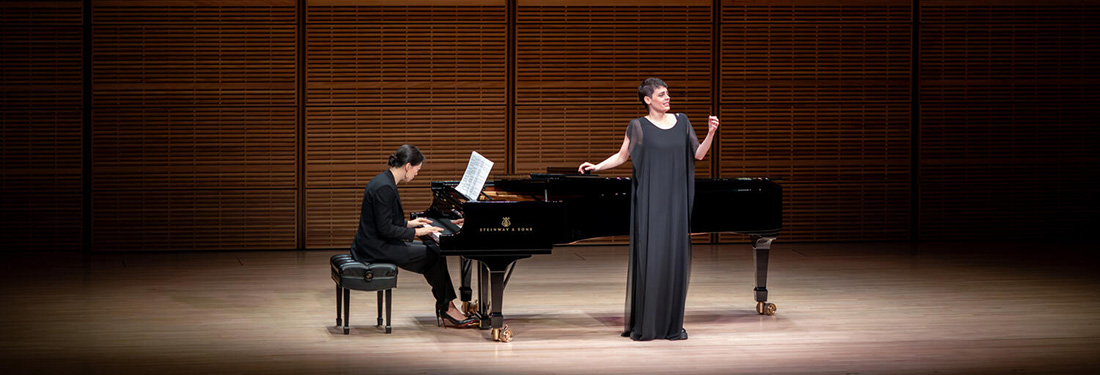
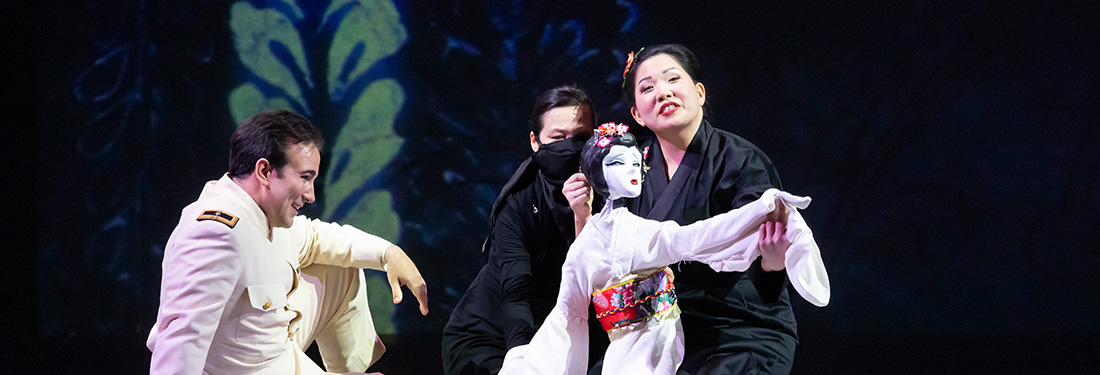

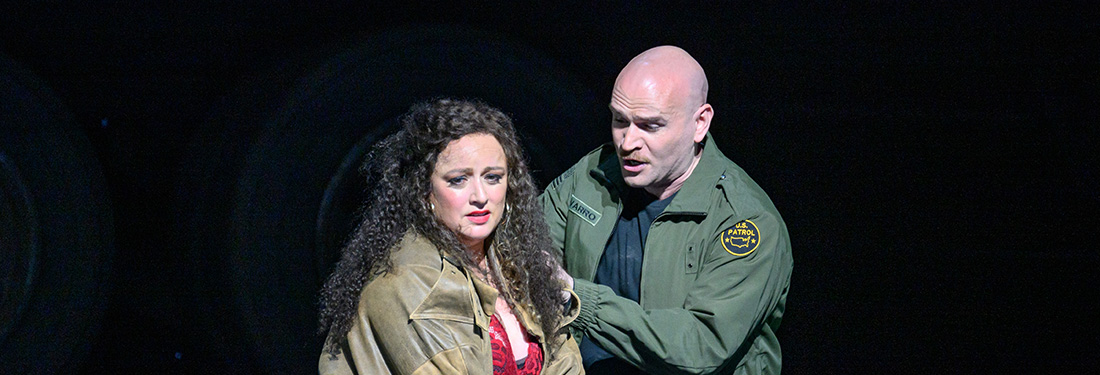
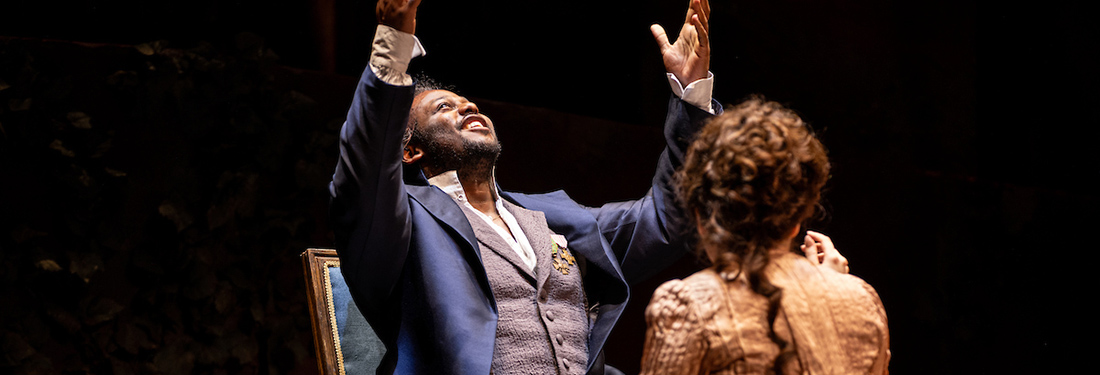
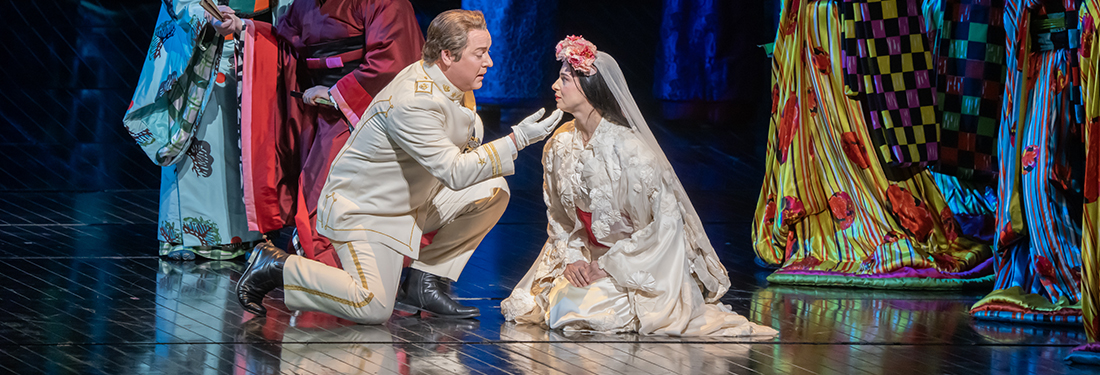
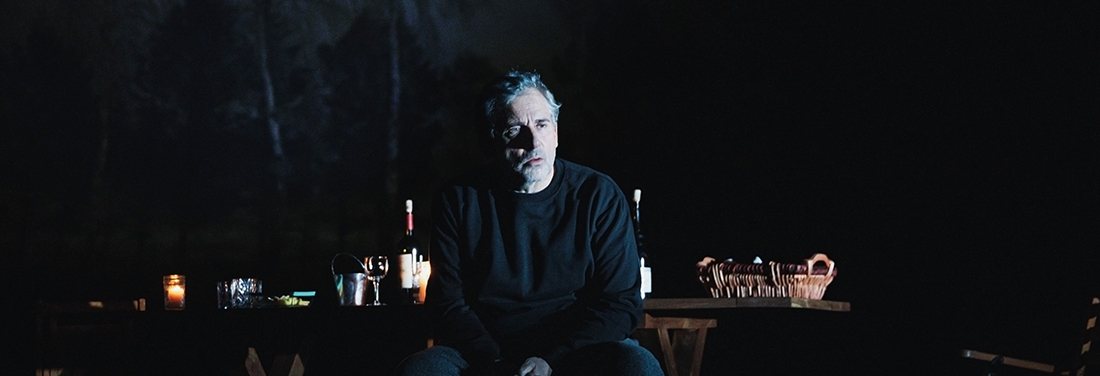
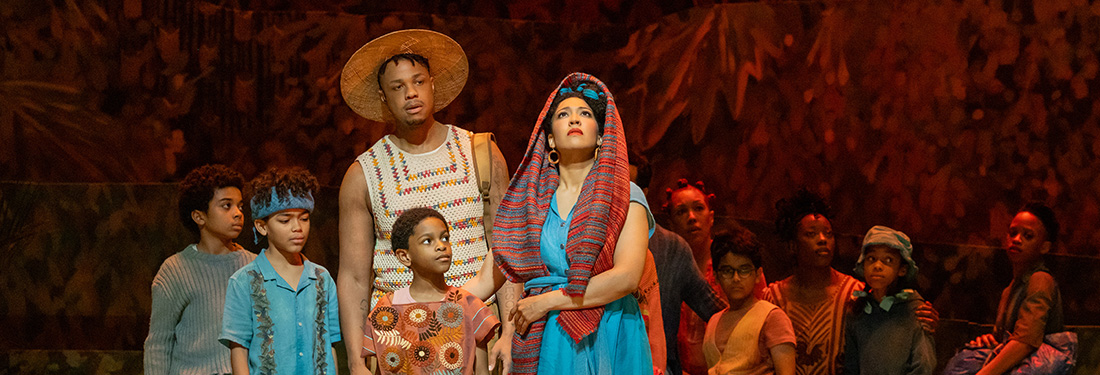






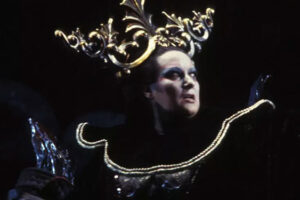



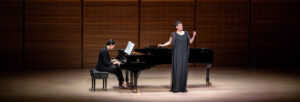




Comments